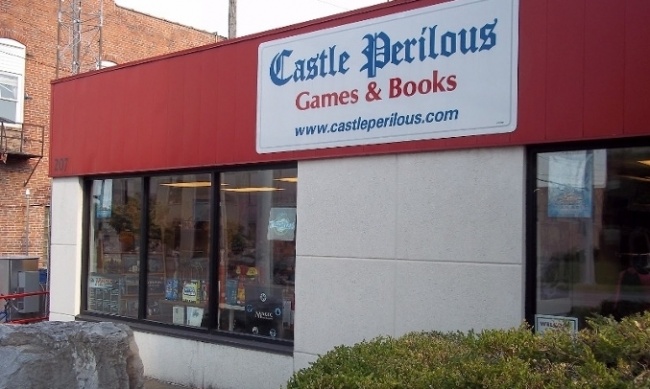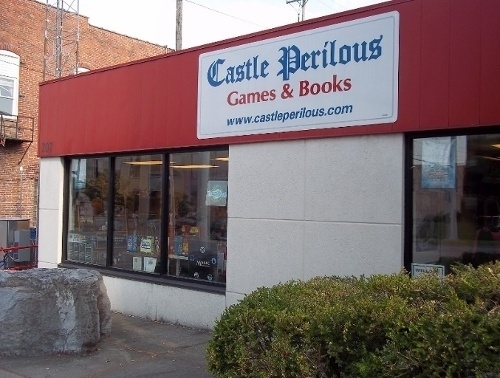After writing this column on how bookstores are winning against Amazon, I received a couple of messages asking about the original research on which the articles I referenced were based. So, I did a little more digging into Ryan Raffaelli’s work and found that the research on which the articles I referenced had been based has not been published yet. The full research is scheduled for publication later this year. However, he has put some of his preliminary work out on the Internet, and, since I am a sucker for primary materials I took a look at it.
You can tell it is an academic article just from the title, "REFRAMING COLLECTIVE IDENTITY IN RESPONSE TO MULTIPLE TECHNOLOGICAL DISCONTINUITIES: THE NOVEL RESURGENCE OF INDEPENDENT BOOKSTORES." Specifically, Raffaelli is interested in why what he refers to as legacy technologies remain in use or even see a resurgence after a superior competing technology comes on the scene. Why, for example, given the prevalence of smart phones, do some medical professionals still prefer pagers or others adopt wrist watches, even (amazingly) analog ones? Rafaelli was especially intrigued by the resurgence of the brick and mortar bookstore, which hit a high in 1995 of around 3300. However, 1995 also saw the launch of Amazon and, five years later, the number of bookstores had dropped by 43%. Then in 2007, Amazon launched the Kindle, leading some publishers to prophesy the end of print as a format.
But instead of continuing to decline, the independent bookstore saw a resurgence, with its numbers growing by 34% between 2009 and 2015, offering the opportunity to answer the research question: "How do independent actors in a mature industry collectively respond to a technological discontinuity?" Raffaelli approached answering this question by using the following methodology:
"I used a variety of primary data sources (e.g., 103 semi structured interviews; 91 hours of participant observation; focus groups with 123 booksellers; field visits to 31 bookstores in 13 states), as well as a significant body of hand-coded secondary sources (e.g., 915 archival articles encompassing every mention of independent bookselling in the New York Times, Wall Street Journal, USA Today, Publishers Weekly; 400 program descriptions from ten ABA annual conferences). Interviews included bookstore owners, customers, association leaders, authors, executives from the publishing industry, eReader manufacturers, and the past presidents of the ABA for the last ten years. I attended three industry conferences, where I observed workshops led by booksellers, publishers, and industry experts. Finally, I enrolled in a training course for prospective independent bookstore owners, where best practices were shared by prominent members of the bookselling and publishing industries." (Rafaelli 2018)
His research found that resurgent booksellers engaged in three bottom up practices throughout the industry:
- Community. Emphasizing their position as a local member of the community, able to interact with other community members in a way that Amazon and other online retailers could not.
- Curation. While online retailers focus on very wide inventory and discounted prices, the brick and mortar stores emphasized the selection they offered and the ability of their staff to guide customers to books and other items they would enjoy.
- Convening. Bookstores leveraged their physical locations, scheduling even more events than they had in the past. Those were either free or paid, with some offering in excess of 500 per year, making them an important part of the local entertainment scene.
In addition, Rafaelli also found that having an active industry organization, such as the American Booksellers Association, use a top down approach helped create a collective identify for member bookstores and promoted category cohesiveness, while at the same time retaining the independence of the local store. The ABA also effectively communicated information across the industry and coordinated action with other actors, such as governmental bodies and local business organizations such as Chambers of Commerce and Main Street programs.
The full paper should release later this fall.
The opinions expressed in this column are solely those of the writer, and do not necessarily reflect the views of the editorial staff of ICv2.com.









